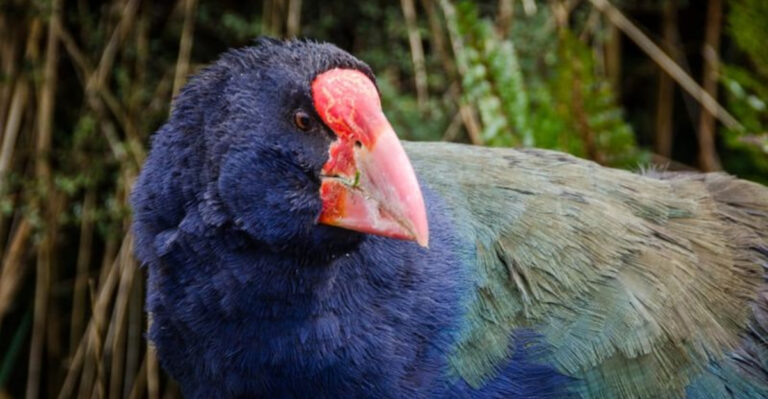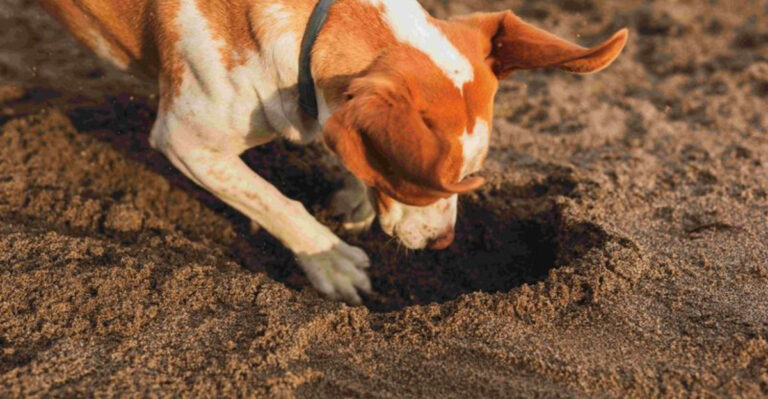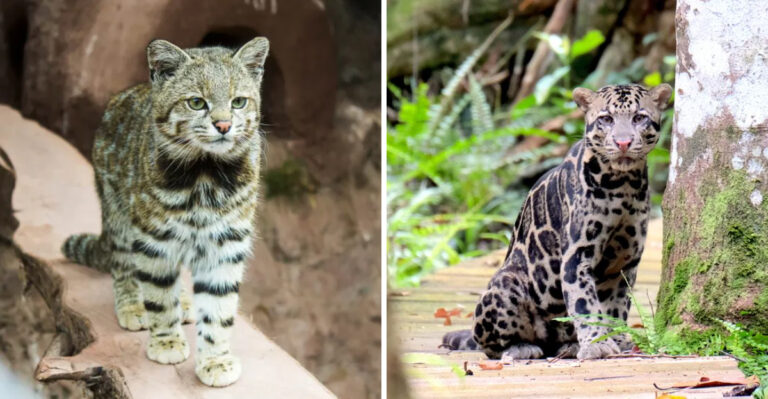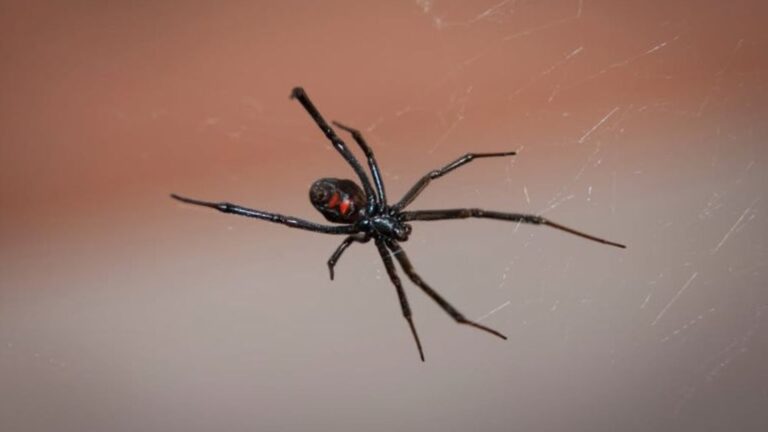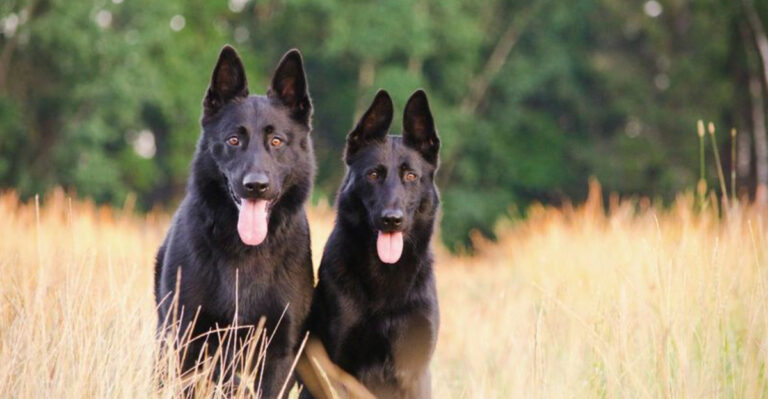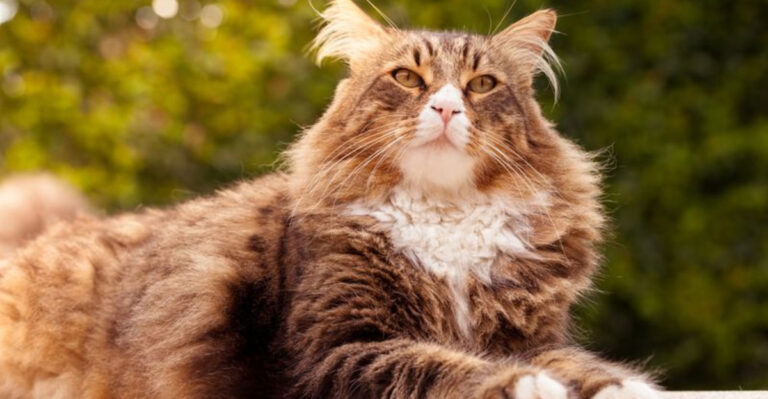10 Pet Birds That Need A Companion To Flourish (And 5 That Get Really Anxious Alone)
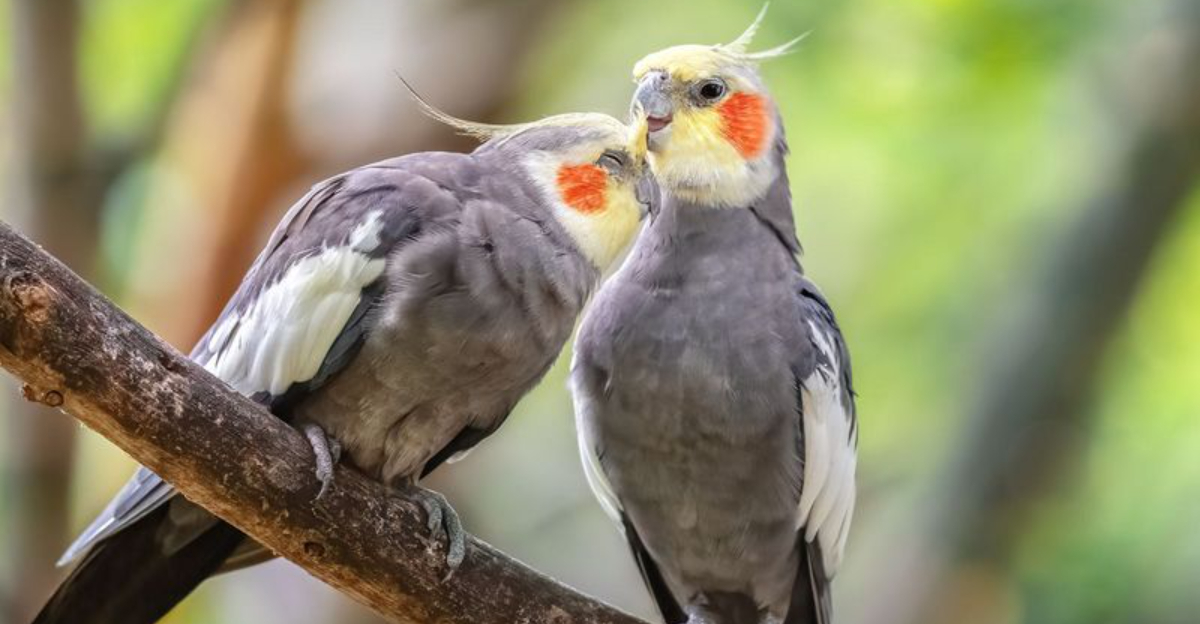
Birds are incredibly social creatures that often form deep bonds with their flock mates in the wild. When we bring them into our homes, many species still crave that same companionship.
Some birds absolutely thrive when they have a feathered friend to chat, play, and preen with. Others become noticeably distressed when left alone for too long.
Let’s explore which pet birds need buddies to be their happiest selves, and which ones really struggle with solitude.
1. Lovebirds Live Up To Their Name
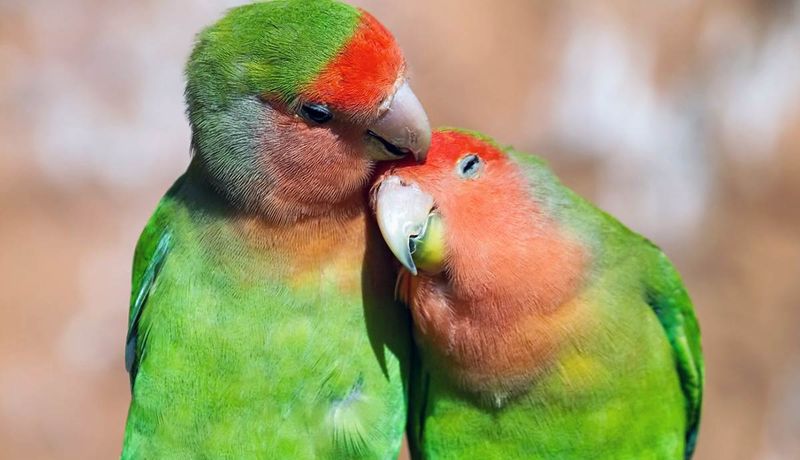
These colorful little parrots earned their romantic nickname for good reason! In the wild, lovebirds form intense pair bonds that last a lifetime. A solo lovebird often becomes depressed and may start plucking its feathers out of loneliness.
When paired, these birds spend hours preening each other, sharing food, and cuddling side by side on perches. Their cheerful chirps multiply when they have a companion. The bond between paired lovebirds is truly heartwarming to witness.
If you can’t provide a feathered friend, be prepared to spend several hours daily interacting with your lovebird to prevent loneliness. Even then, many bird experts believe they’re simply happier with their own kind.
2. Budgies Flourish In Flocks
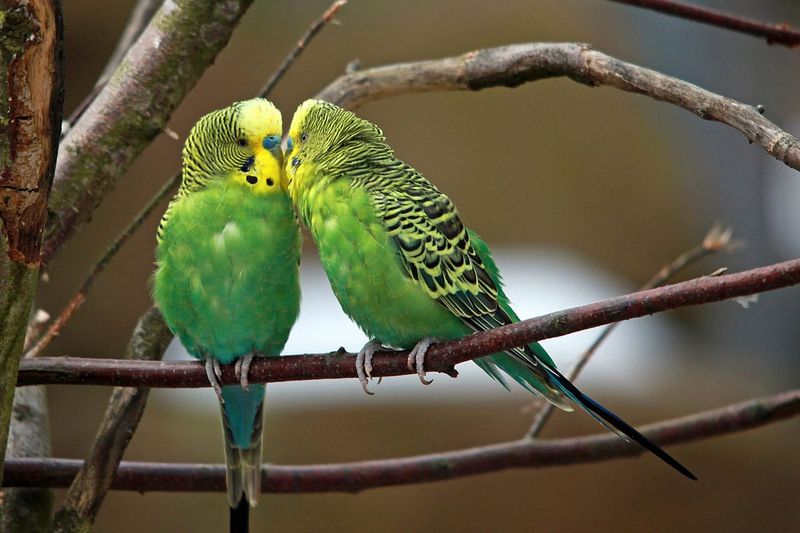
Native to Australia, budgerigars (budgies) naturally live in massive flocks that can number in the thousands! These chatty little birds are programmed by nature to have constant social interaction.
A lone budgie often sits quietly and becomes withdrawn – not showing their true personality. With a buddy, budgies become more active, vocalize more frequently, and display natural behaviors like mutual preening.
They’ll entertain each other for hours with playful antics and cheerful chatter. While a single budgie can bond strongly with a human, they speak an entirely different language than we do. Another budgie provides the specific social cues and communication that helps these birds feel secure and content.
3. Cockatiels Crave Companionship
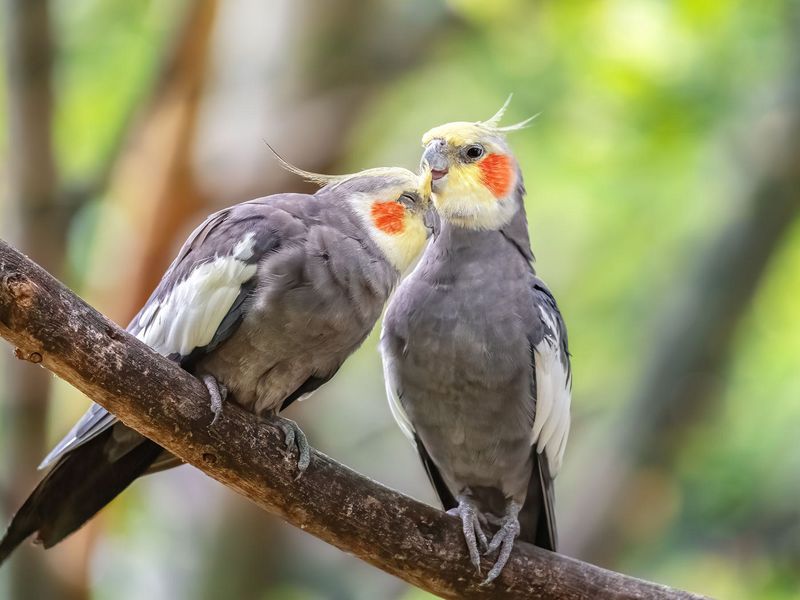
These elegant crested birds fly in large flocks across the Australian outback, maintaining constant contact calls with their group. A single cockatiel often becomes a velcro bird – desperately clinging to its human for security.
With a feathered friend, cockatiels display more natural behaviors. Male cockatiels especially enjoy showing off for companions with elaborate wing displays and whistling serenades. Females engage in gentle beak fencing and food sharing.
The whistling conversations between paired cockatiels fill a home with joyful music. While cockatiels can bond strongly with humans, they spend many hours alone while we work or sleep.
A bird companion provides comfort during these lonely times, reducing stress behaviors like excessive screaming or feather plucking.
4. Finches Fade Without Friends
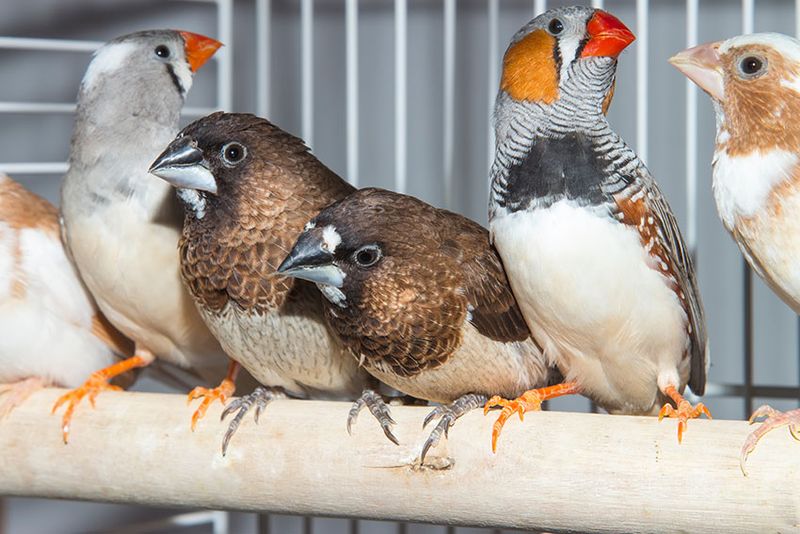
Society finches earned their name for a reason – they absolutely require social interaction to maintain their mental health! These tiny birds become visibly distressed when kept alone, often becoming lethargic and refusing to sing.
A group of finches creates a bustling miniature society that’s fascinating to watch. Zebra finches, Gouldian finches, and other varieties all share this need for companionship. They hop excitedly from perch to perch, share bathing time, and engage in elaborate courtship dances when they have friends.
Unlike some larger parrots, finches rarely bond closely with humans. Their happiness depends almost entirely on having same-species companions. A minimum of two finches is essential, but they’re even happier in groups of four or more.
5. Canaries Sing Duets With Companions
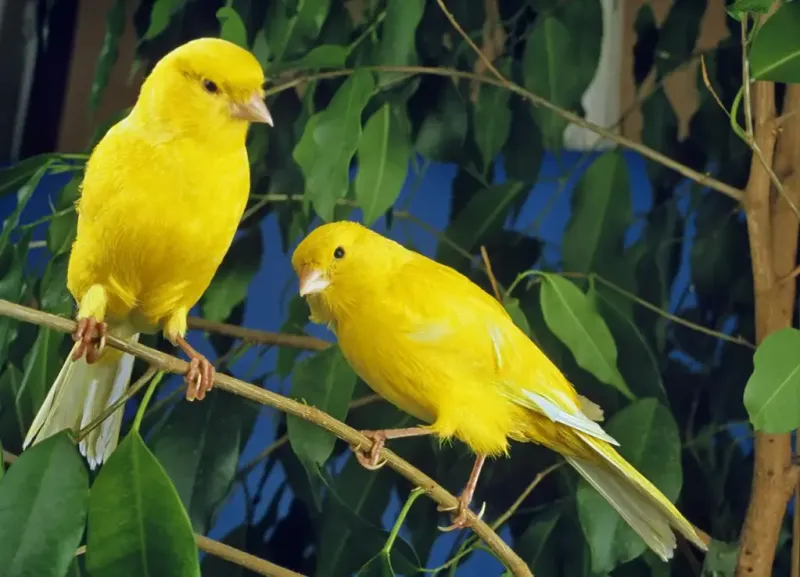
Famous for their melodious songs, male canaries actually sing more enthusiastically when they have an audience! While canaries can survive alone, they display more natural behaviors and vocalizations when housed with a companion.
A solo canary often becomes quieter and less active over time. Contrary to popular belief, male canaries can live together peacefully outside breeding season if given enough space. Female canaries typically get along well year-round. The cheerful interactions between paired canaries bring their enclosure to life.
When canaries have companions, their beautiful songs become part of complex vocal exchanges. They take turns singing, sometimes creating harmonies that single birds never produce. Their bright yellow feathers even seem to glow more vibrantly when they’re socially fulfilled!
6. Button Quail Bond In Pairs
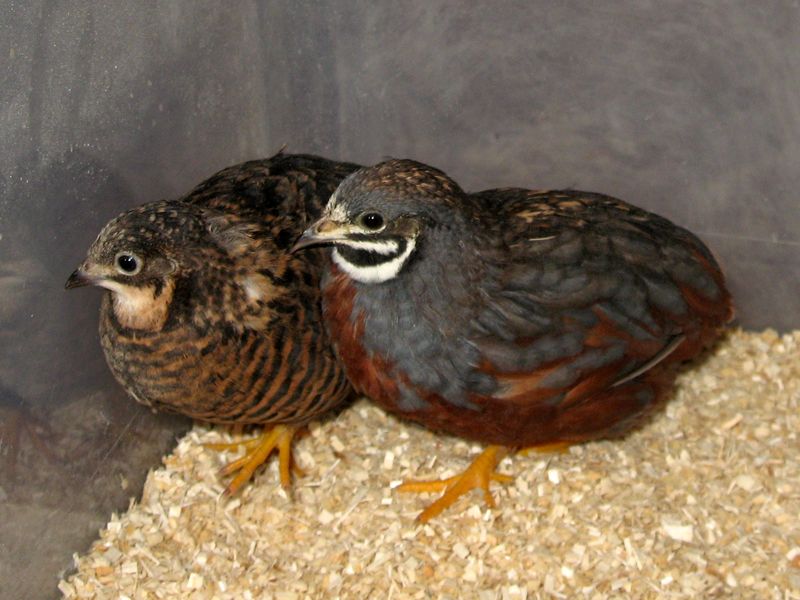
These adorable ground-dwelling birds scurry around like tiny chickens and form strong pair bonds in the wild. A solitary button quail becomes nervous, constantly pacing and calling for company. Their distinctive “clicking” calls increase dramatically when they’re lonely.
Button quail pairs engage in sweet behaviors like dust bathing together and following each other in perfect formation. Males perform charming bobbing dances to impress their mates. Watching these interactions provides endless entertainment for their human caretakers.
Unlike some birds, button quail rarely bond closely with humans. Their primary social needs must be met by their own kind. Their small size makes them perfect for those with limited space who still want to experience the joy of keeping social birds.
7. Parrotlets Benefit From Bird Buddies
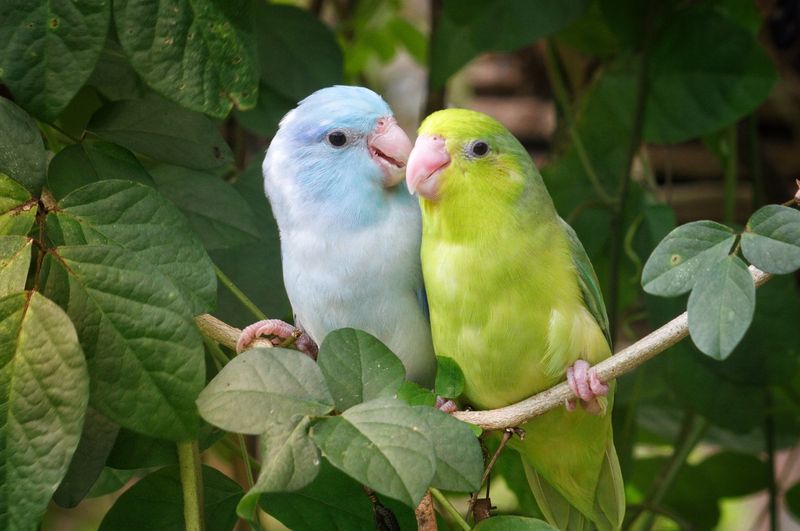
Don’t let their tiny size fool you – these pint-sized parrots pack big personalities and social needs! In the wild, parrotlets travel in small flocks and maintain strong pair bonds. A lone parrotlet often becomes excessively dependent on human attention and may develop screaming habits when left alone.
Paired parrotlets engage in mutual preening, food sharing, and playful wrestling matches that satisfy their natural social instincts. Their confident personalities really shine when they have a friend to interact with throughout the day.
While parrotlets can bond strongly with humans, they spend many hours alone while we’re busy. A feathered companion provides crucial social interaction during these times. Their animated conversations and synchronized movements bring joy to any bird enthusiast’s home.
8. Green-Cheeked Conures Share Special Bonds
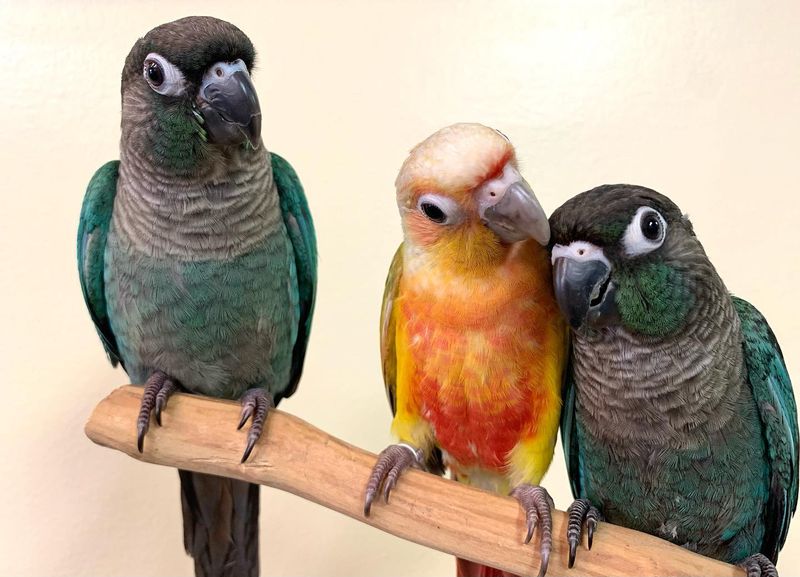
These playful, medium-sized parrots form tight-knit flocks in South American forests. A solitary green-cheek often becomes overly attached to humans and may scream desperately when left alone. Their natural desire for constant companionship makes them prone to separation anxiety.
Paired conures engage in adorable behaviors like snuggling together for naps and performing acrobatic stunts to impress each other. They communicate through soft chirps and whistles that create a peaceful household atmosphere.
Green-cheeked conures are known for their clownish personalities, but these traits emerge most fully when they have a bird friend.
They take turns being the “brave one” – encouraging each other to try new toys or foods. Their affectionate nature makes their social bonds particularly heartwarming to observe.
9. Doves Depend On Their Partners
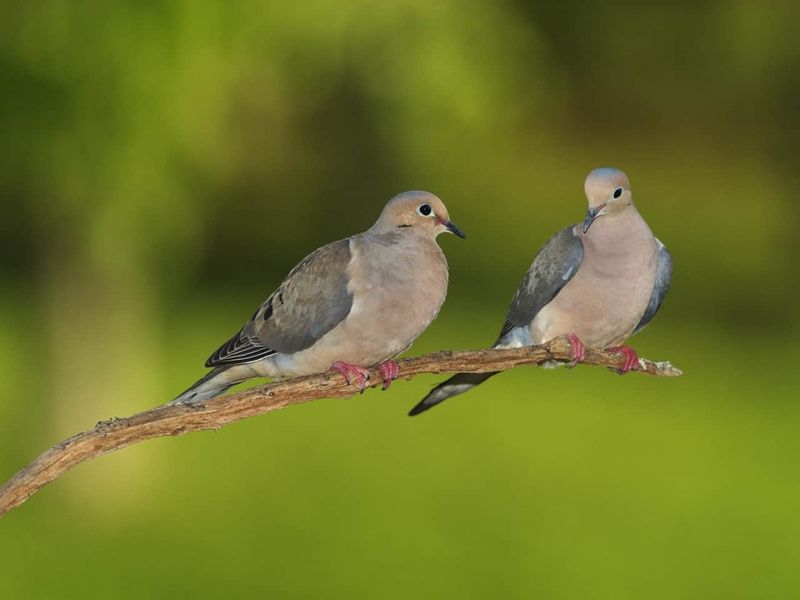
Symbolizing peace worldwide, doves are among the most devoted paired birds in existence. Ring-necked doves and diamond doves form partnerships that last their entire lives. A single dove often becomes withdrawn, cooing mournfully for hours seeking a response that never comes.
Paired doves perform beautiful courtship rituals – the males puffing their chests and cooing melodically while females respond with gentle nods. They build nests together and take turns sitting on them even without eggs, fulfilling their natural nesting instincts.
The soft, rhythmic cooing between bonded doves creates a soothing soundtrack in your home. Their gentle temperaments make them perfect for those seeking calm companion birds. When properly paired, doves rarely show behavior problems and can live harmoniously for 15+ years.
10. Lineolated Parakeets Thrive Together
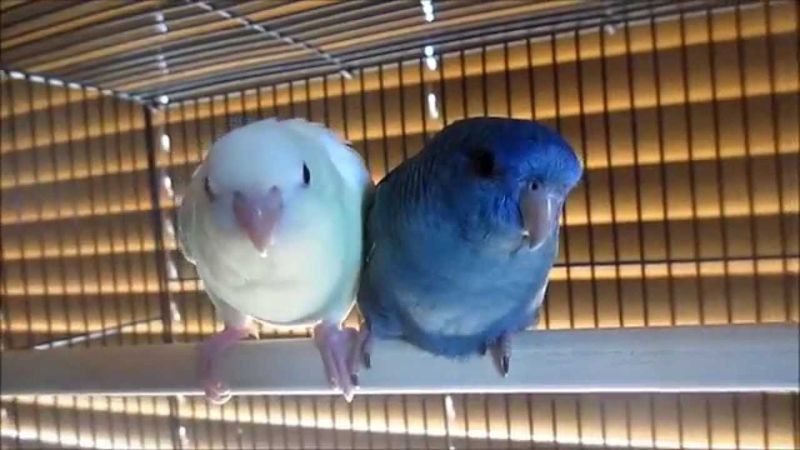
Often called “linnies,” these gentle parakeets naturally live in small flocks high in South American cloud forests. They’re quieter than many parrots but still highly social. A solo linnie frequently becomes withdrawn and may develop repetitive behaviors from boredom and loneliness.
When kept in pairs or small groups, linnies display their natural climbing behaviors, hanging upside-down and sidling along perches like little inchworms. Their soft, musical trills increase dramatically when they have friends to “chat” with throughout the day.
Linnies have a unique way of showing affection – gently nibbling each other’s feet and wings. This sweet behavior is only seen when they have companions. Their calm demeanor makes them ideal for apartments, but that tranquility depends largely on having appropriate social outlets with their own kind.
11. Amazon Parrots Get Lonely Too
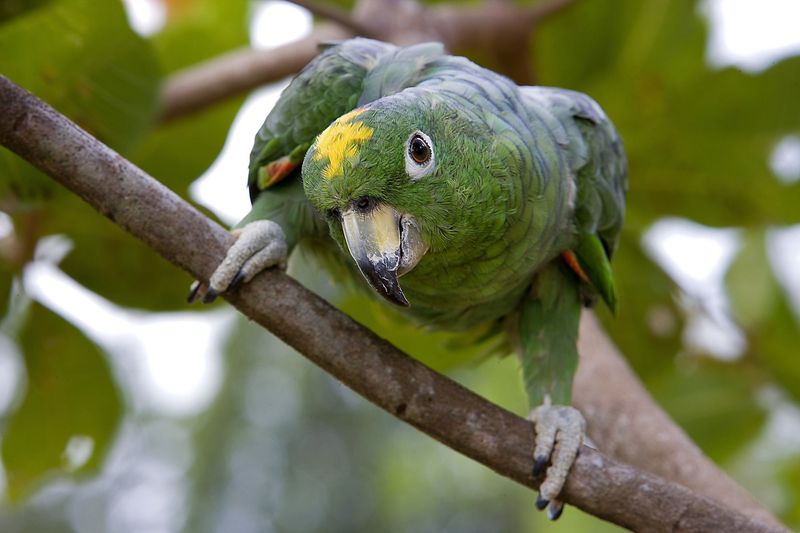
While Amazon parrots can form strong bonds with humans, they face a major problem: we leave them alone for hours each day. In the wild, these intelligent birds are never separated from their flock. A single Amazon left alone frequently develops anxiety-based behaviors like feather plucking and excessive screaming.
Amazons with companions engage in complex social behaviors – from food sharing to mutual preening sessions that can last hours. Their vocabulary even expands as they learn words and phrases from each other.
Yellow-naped, blue-fronted, and double yellow-headed Amazons particularly benefit from having a feathered friend. Their natural boisterousness becomes joyful rather than problematic when properly channeled through social interaction.
A bonded pair of Amazons creates a dynamic household filled with laughter-like calls and animated conversations.
12. African Greys Develop Separation Anxiety
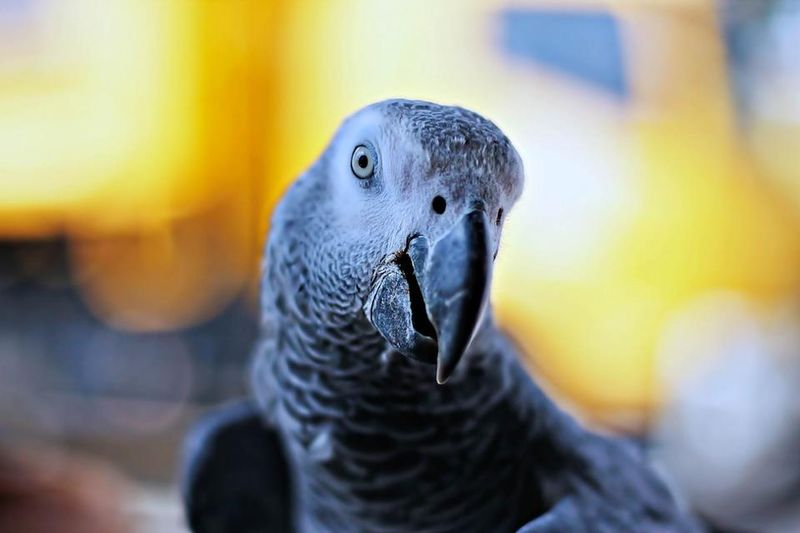
Renowned for their Einstein-level intelligence, African Grey parrots are surprisingly vulnerable to loneliness. In the wild, these birds form enormous flocks that provide constant social stimulation.
A solitary Grey often becomes withdrawn, plucks its feathers, or develops stereotypical behaviors like pacing or head-bobbing. The anxiety these birds experience when left alone can be severe.
Their distress calls can last for hours, and some even self-mutilate from the psychological pain of isolation. This species forms extraordinarily deep bonds and suffers greatly when those social needs aren’t met.
While many Greys bond closely with their human caregivers, our absence during work hours creates a significant gap in their social needs.
A compatible bird companion can provide crucial interaction during these lonely periods, preventing the development of anxiety disorders that plague so many captive Greys.
13. Eclectus Parrots Show Extreme Stress Alone
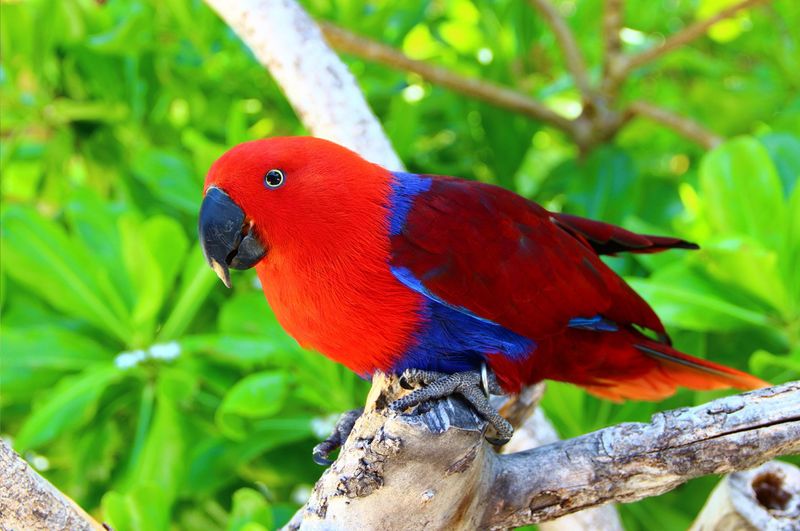
The stunning sexual dimorphism of Eclectus parrots (bright red females, emerald green males) evolved in the context of complex social structures. These birds naturally live in small groups with intricate relationships.
A lone Eclectus frequently develops severe anxiety behaviors – from constant screaming to self-mutilation. Female Eclectus especially struggle with solitude, often becoming territorial and aggressive without proper social outlets.
Their natural hormonal cycles become disrupted by loneliness, leading to chronic egg-laying and health problems. The stress of isolation manifests physically in these sensitive birds. Their feathers lose luster, and they may develop digestive issues from anxiety.
Providing a compatible companion dramatically reduces these problems, allowing their playful, gentle nature to emerge. Their distinctive, almost mammal-like personalities shine brightest when they have appropriate social interaction.
14. Cockatoos Cry Out For Connection
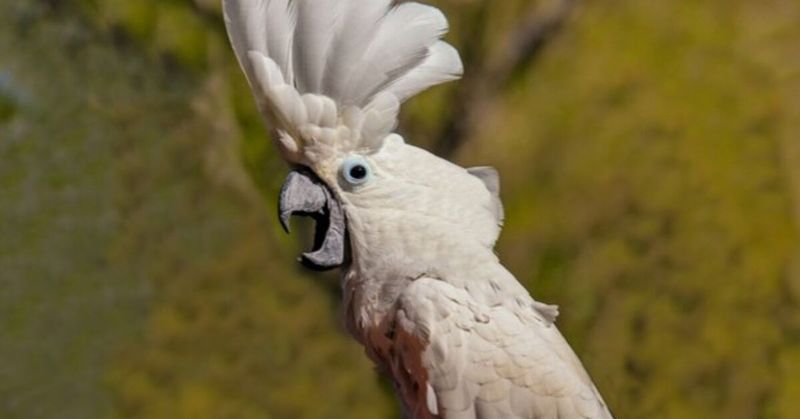
Perhaps no pet bird demonstrates loneliness more dramatically than the cockatoo. These highly emotional birds form intense social bonds in the wild. A solitary cockatoo often screams incessantly, plucks out all its chest feathers, and may even self-mutilate from the psychological distress of isolation.
Umbrella, Moluccan, and Goffin’s cockatoos particularly struggle with being alone. Their need for physical contact is so strong that they’ll often press against cage bars seeking touch. The heartbreaking “crying” sounds they make when lonely can continue for hours.
While cockatoos bond intensely with humans, our inability to be present 24/7 creates a devastating gap in their social needs.
Even the most devoted owner can’t replace the constant companionship these birds evolved to expect. Their extreme intelligence makes isolation particularly damaging to their psychological wellbeing.
15. Macaws Mourn When Isolated
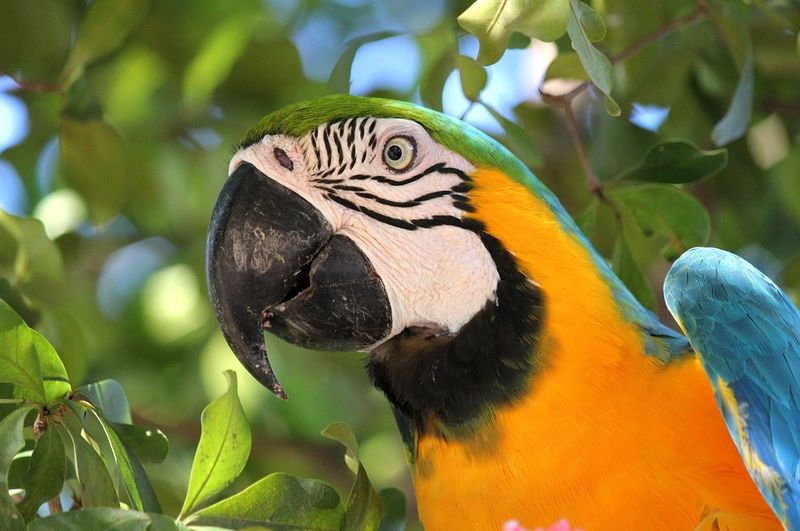
The magnificent macaw – with its rainbow plumage and impressive size – suffers tremendously in solitude. These highly intelligent parrots naturally fly in pairs or family groups through rainforest canopies.
A lone macaw frequently develops neurotic behaviors including aggressive lunging, excessive screaming, and destructive feather plucking.
Blue and gold, scarlet, and green-winged macaws all demonstrate extreme distress when deprived of appropriate social interaction. Their natural vocalizations transform from happy contact calls to desperate, ear-piercing screams when they feel abandoned.
The psychological damage of isolation can be permanent in these sensitive birds. Once stress behaviors develop, they’re incredibly difficult to reverse. Even with increased human attention, a single macaw often remains anxious and unstable without the specific social cues only another macaw can provide.

